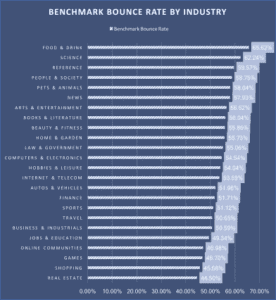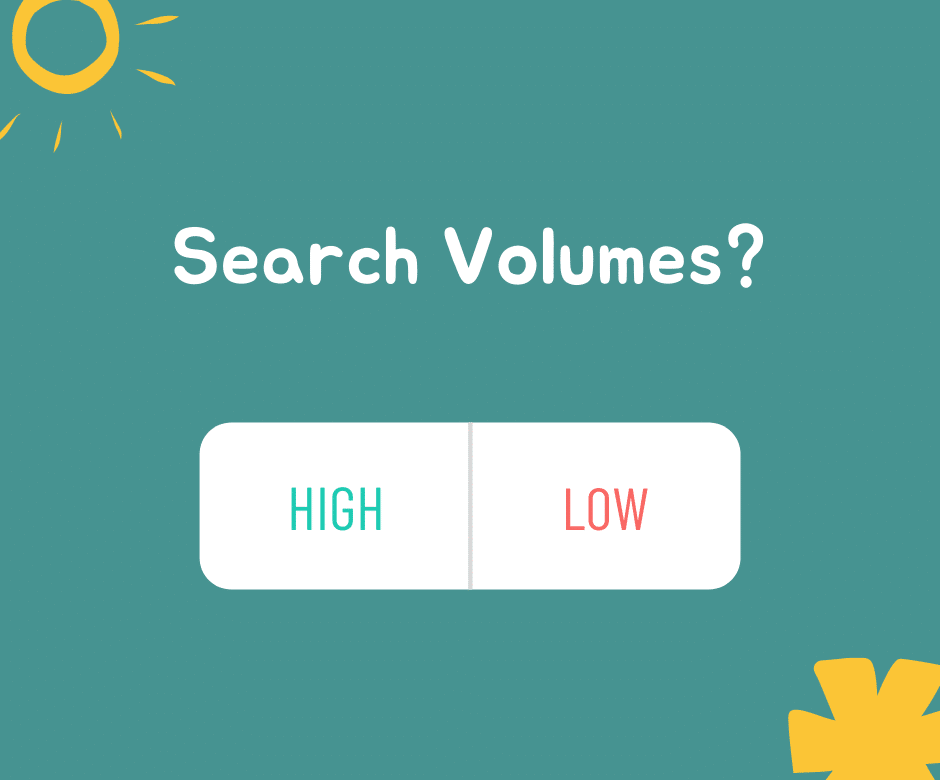So you’re clicking around google analytics because it’s a lot of fun to snoop into the gritty details of who visits your site. That’s when a number catches your eye. It doesn’t look at fun as say, age or interests of users. What is this? It’s the Bounce Rate. Is this number good or bad? Maybe this number is too high? Should you be paying attention to this number more than say, the behavior of users?
First things first, what is a bounce rate?
A bounce is when someone visits a website without moving on from the first page that they landed on. Whereas an interaction is usually defined by a user visiting at least one other page after the first one. When google analytics calculates your website’s bounce rate it takes the average number of bounces across all pages and divides that by the total visits across those pages within the same time period. Bounce rates are pretty straight forward! Some other things, like time spent on a page, can come into play with this number. If you see that a user has spent less than 15 seconds on your homepage, that’s a pretty telling sign that something is wrong.
What’s a good bounce rate to have?
Obviously the lower the bounce rate, the better? Not to sound like that annoying improv instructor you had in college, but yes and… Bounce rates differ from industry to industry and even between different types of businesses within one industry. There is not a perfect number that is one size fits all. However, there are benchmarks that can be used as guidelines to help stay on par with the trends of your industry.
Bounce Rates in certain industries
Typically, most industries sit in the 50-55% rate. But those numbers start to change depending on the business. Food and drink websites sit at the highest average bounce rate with the standard being 65.62%. On the opposite end, real estate is the lowest with an average of 44.50% Now what could possibly explain the large gap between restaurants and real estate? It’s the site structure. Restaurants, bars, and cafes typically have very straightforward sites whereas a real estate site requires more clicking around to find information.

When designing your website, keep this in mind. You want to create a user experience that encourages them to find the information they want and also explore beyond that first page.
So what do I do about my bounce rate?
But you haven’t told me how to fix it! Relax you’ve made it to the end, where your answers are revealed. The first piece of advice is to do a detailed benchmark through analytics. Really narrow it down to your specific industry to see where you fall. This will give you the clearest answer to what percentage you should aim for.
Then, review your site and see where it is lacking in user experience. Try to experience your site as you’d imagine your users and customers would use it. You can use analytics here to help you find out which pages have a higher bounce than others. Is there a popup on the homepage that looks like a warning error? Are pages missing call to actions? Is content hard to read? These all factor into why users bounce. Resolving issues like these will help lower your bounce percentage.
Our final suggestions? Continue to monitor these rates. This isn’t a one and done kind of deal. With algorithms and users always changing, it’s best practice to always keep an eye on this. Also, a bounce rate of 0% will literally never ever happen for a good reason. Don’t even try to make this your goal. If you’ve hit 0%, check to see if analytics is running properly. Now go on, bounce out of here and hit those benchmarks.
If you already know what you need and are ready to go, schedule a meeting with us!




